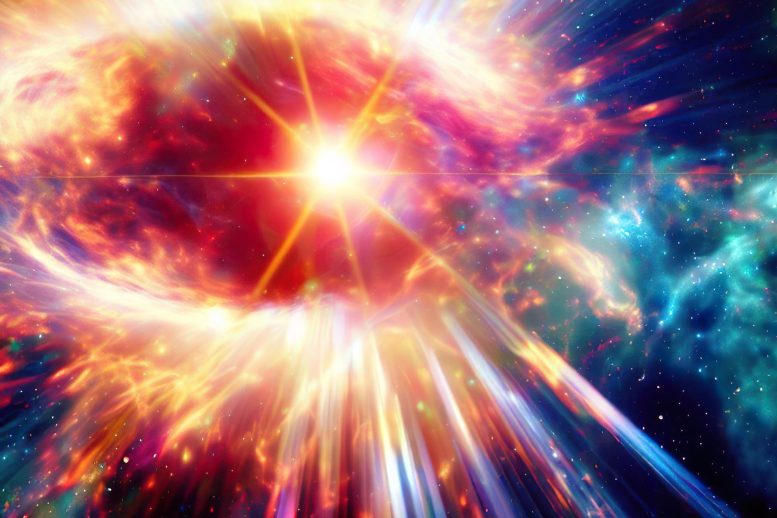
Astronomers have captured a supernova, “SN Zwicky,” appearing as multiple images due to gravitational lensing. Part of the largest supernova survey to date, this observation contributes to understanding cosmic phenomena, including dark energy, and is part of ongoing efforts to catalog and study extragalactic explosions. (Artist’s concept of a gravitationally lensed supernova.)
Astronomers have captured a bizarre image of a supernova, a powerful star explosion, with its light so distorted by the gravity of another galaxy that it appears as multiple images in the sky. This phenomenon, known as gravitational lensing, occurs when the gravity of a dense object warps and intensifies the light of an object behind it.
Dubbed “SN Zwicky,” the supernova was initially observed by the Caltech-led Zwicky Transient Facility (ZTF), based at the Palomar Observatory near San Diego. The observation is part of the largest supernova survey currently underway.
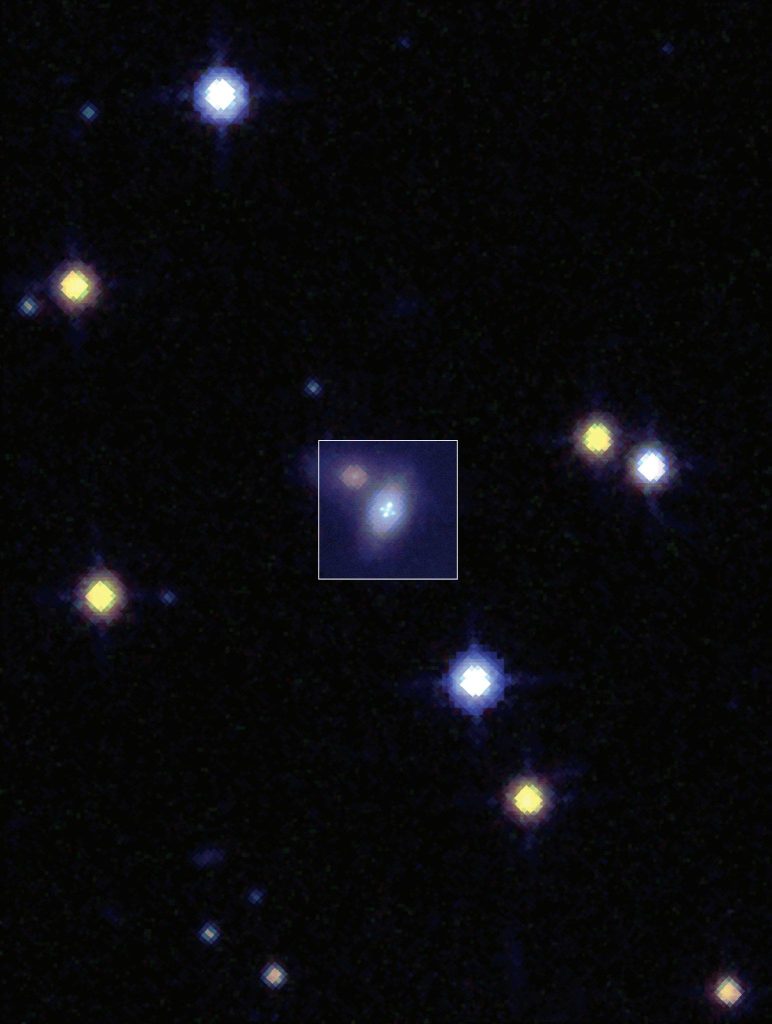
The four, duplicated images of SN Zwicky are seen here, observed at the highest possible resolution with the W.M. Keck Observatory. The surroundings are observed at a lower resolution. Credit: Joel Johansson
“With ZTF, we have the unique ability to catch and classify supernovae in near real-time. We noticed that SN Zwicky was brighter than it should have been given its distance to us and quickly realized that we were seeing a very rare phenomenon called strong gravitational lensing,” says Ariel Goobar, lead author of the study published today in Nature Astronomy and the director of the Oskar Klein Center at the University of Stockholm in Sweden. “Such lensed objects can help us to uniquely probe the amount and distribution of matter at the inner core of galaxies.”
Gravitational Lensing Explained
As predicted by Albert Einstein more than a century ago, light from one cosmic object that encounters a dense object on its way to us can undergo gravitational lensing. The dense object acts like a lens that can bend and focus the light. Depending on how dense the lens is and the distance between the lens and us, this warping effect can vary in strength. With strong lensing, the light from the cosmic object is so distorted that it is magnified and split into several copies of the same image.
This narrated movie from the Oskar Klein Centre uses watercolor illustrations to explain the discovery of SN Zwicky.
Astronomers have been observing the gravitational bending of light since 1919, just a few years after Einstein developed the theory, but the transient nature of supernovae makes events such as SN Zwicky, also known as SN 2022qmx, very hard to spot. In fact, while scientists have spotted lensed duplicated images of distant objects called quasars many times before, only a handful of supernovae lensed into duplicated images have been found. Two of these cases were found at Palomar: SN Zwicky, and ciPTF16geu, discovered by the intermediate Palomar Transient Factory (iPTF), a predecessor to ZTF.
Discovering and Studying SN Zwicky
“SN Zwicky is the smallest resolved gravitational lens system found with optical telescopes. iPTF16geu was a wider system but had larger magnification,” says Goobar.
This animation explains the phenomenon of strong gravitational lensing.
Goobar and his international team employed a suite of astronomical facilities to follow up and study SN Zwicky after it was discovered by ZTF. The Near-IR Camera 2 (NIRC2) at the W. M. Keck Observatory on Maunakea in Hawai‘i resolved SN Zwicky, revealing that the lensing of the supernova was strong enough to have created multiple images of the same object.
“I was observing that night and was absolutely stunned when I saw the lensed image of SN Zwicky,” says Christoffer Fremling, a staff astronomer at the Caltech Optical Observatory who leads the ZTF supernova survey, called the Bright Transient Survey. “We catch and classify thousands of transients with the Bright Transient Survey, and that gives us a unique ability to find very rare phenomena such as SN Zwicky.”
Supernovae, Dark Energy, and Cosmic Mysteries
SN Zwicky is classified as a Type Ia supernova. These are dying stars that end their lives with a light show that is always the same in brightness from event to event. This unique property was instrumental in revealing the universe’s accelerated expansion in 1998 due to a yet unknown phenomenon called dark energy.
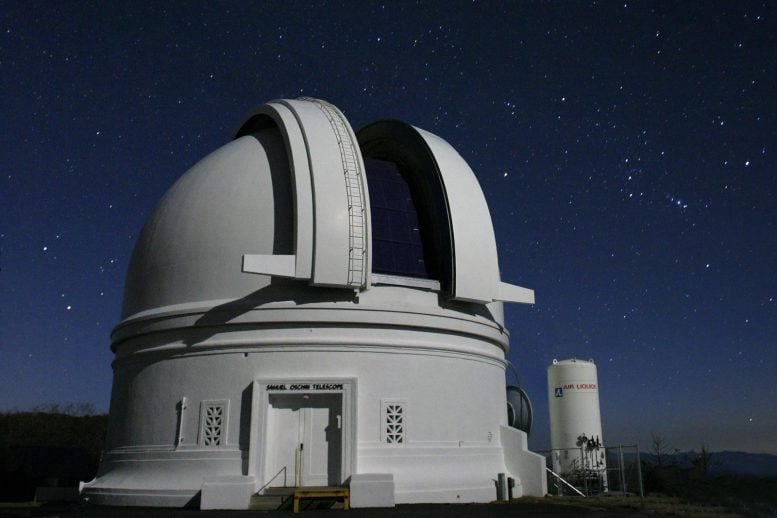
ZTF is installed at the Palomar Observatory’s 48-inch Samuel Oschin Telescope. Credit: Palomar/Caltech
“Strongly lensed Type Ia supernovae allow us to see further back in time because they are magnified. Observing more of them will give us an unprecedented chance to explore the nature of dark energy,” says Joel Johansson, a postdoctoral fellow at Stockholm University and a co-author on the study.
“What are missing components needed to model the expansion history of the universe? What is the dark matter that makes up the vast majority of the mass in galaxies? As we discover more ‘SN Zwickys’ with ZTF and the upcoming Vera Rubin Observatory, we will have another tool to chip away at the mysteries of the universe and find answers,” says Goobar.
The ZTF Bright Transient Survey
To date, the ZTF Bright Transient Survey has discovered 7,811 confirmed supernovae. The main goal of the survey is to catalog and classify all extragalactic explosions that the instrument can reliably detect. Because ZTF rapidly scans wide swaths of the sky, it is currently the largest and most complete survey of its kind. Astronomers around the world use the Bright Transient Survey to find out what kinds of cosmic explosions exist, how common they are, and how bright they can get.
For more on this research:
- Supernova Explosion Revealed by Rare “Cosmic Magnifying Glasses”
- Unlocking Dark Matter Mysteries With Multiply-Imaged Gravitationally Lensed Supernova
Reference: “Uncovering a population of gravitational lens galaxies with magnified standard candle SN Zwicky” by Ariel Goobar, Joel Johansson, Steve Schulze, Nikki Arendse, Ana Sagués Carracedo, Suhail Dhawan, Edvard Mörtsell, Christoffer Fremling, Lin Yan, Daniel Perley, Jesper Sollerman, Rémy Joseph, K-Ryan Hinds, William Meynardie, Igor Andreoni, Eric Bellm, Josh Bloom, Thomas E. Collett, Andrew Drake, Matthew Graham, Mansi Kasliwal, Shri R. Kulkarni, Cameron Lemon, Adam A. Miller, James D. Neill, Jakob Nordin, Justin Pierel, Johan Richard, Reed Riddle, Mickael Rigault, Ben Rusholme, Yashvi Sharma, Robert Stein, Gabrielle Stewart, Alice Townsend, Jozsef Vinko, J. Craig Wheeler and Avery Wold, 12 June 2023, Nature Astronomy.
DOI: 10.1038/s41550-023-01981-3
The study was funded by Knut and Alice Wallenberg Foundation, the Swedish National Science Foundation Vetenskapsrådet, the Swedish Research Council, and the European Research Council. Facilities used for this study include ZTF on the Samuel Oschin Telescope at the Palomar Observatory, the Liverpool Telescope, the Nordic Optical Telescope, the Keck Observatory, the Very Large Telescope in Chile, and the Hubble Space Telescope.
Caltech’s ZTF is funded by the National Science Foundation and an international collaboration of partners. Additional support comes from the Heising–Simons Foundation and from Caltech. ZTF data are processed and archived by IPAC, an astronomy center based at Caltech. NASA supports ZTF’s search for near-Earth objects through the Near-Earth Object Observations Program.

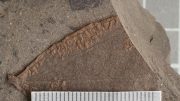

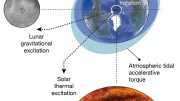
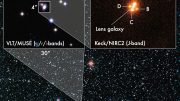
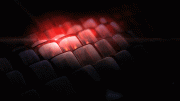

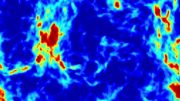
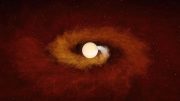
I know this comment doesn’t directly apply to this article but as mentioned knowing what makes up the universe is very important to our understanding of gravity. I had recently read a article that a experiment is being performed buy Lux-Zeplin in a underground goldmine using Xenon with the hopes of detecting wimps of dark matter, performed in the purist environment possible from radiation interaction, consider adding to this experiment an extreme pressure simulating vacuum and a centrifugal spin of the Xenon in a sphere at the highest speed condensing the Xenon could show result in the detection.